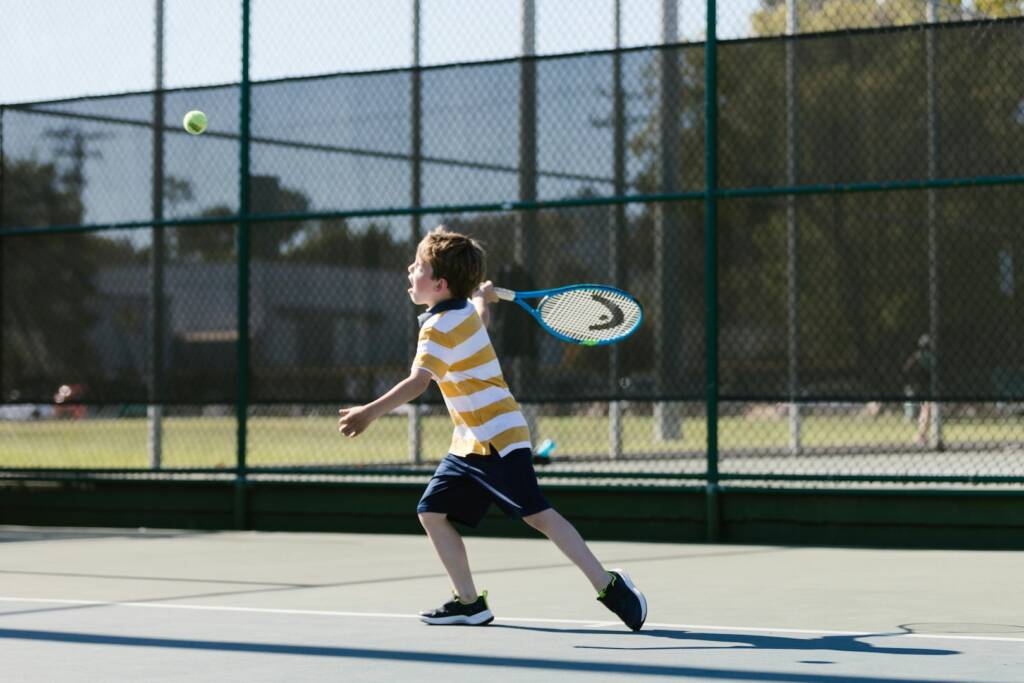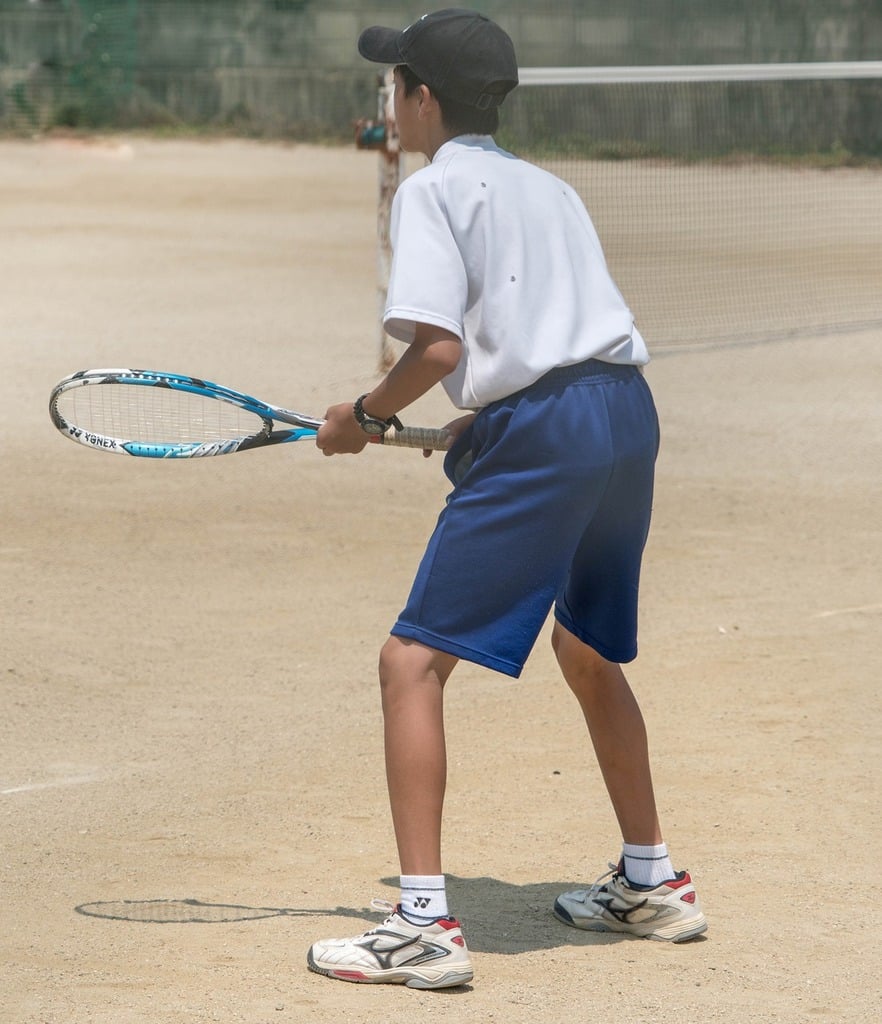INTERMEDIATE – tennis program overview
Intermediate level training focuses on refining skills, enhancing techniques, and developing strategies that build upon basic knowledge.
Tactical awareness is also emphasized, with players being taught how to anticipate their opponent’s moves and respond effectively. This includes understanding the importance of positioning, court coverage, and shot selection. Mental toughness and consistency are nurtured through various drills and match-play scenarios to prepare players for competitive play.


Overall fitness and agility training are integrated into the program to ensure that players develop the physical endurance and strength necessary for advanced-level tennis.
Improvement of Stroke Accuracy
One of the primary objectives at the intermediate level is to enhance the accuracy of various strokes, including forehand, backhand, volley, and serve. Drills that emphasize precision, consistency, and control are regularly practiced. Players learn to place the ball accurately in different parts of the court, which is crucial for gaining an advantage over opponents.
forehand and backhand techniques
Players work on perfecting their forehand and backhand strokes. Training includes:
- Proper grip and stance
- Footwork to position oneself correctly
- Follow-through for maximum power and control
Drills often involve repetitive stroke practice and hitting targets on the court to improve accuracy.
Volleys and Net Play
Net play is another critical component of intermediate training. Players learn:
- Effective volleys and half-volleys
- Approach shots to set up net play
- Techniques for quick reactions and movements
Practice sessions include drills that emphasize quick decision-making and positioning at the net.
serving techniques
Serving becomes more strategic at the intermediate level. Players focus on:
- Different types of serves (flat, slice, topspin)
- Placement and variety
- Developing a reliable second serve
footwork and movement
Proper footwork and movement are essential for efficient court coverage. Intermediate training includes exercises that develop agility, speed, and coordination. Players practice:
- Split-step and recovery movements
- Side-to-side and forward-backward movements
- Footwork patterns for various stroke executions
These drills help players anticipate shots and position themselves optimally during rallies.
Fitness and conditioning
Physical fitness is crucial for performance at the intermediate level. Training focuses on:
- Cardio exercises to improve endurance
- Strength training for power and stability
- Flexibility and injury prevention
Players participate in fitness regimens designed to enhance overall athleticism and ensure they are in peak condition.
in conclusion
Intermediate training at a tennis academy is not just about refining techniques and strategies but also about building character and fostering a lifelong love for the game. With a holistic approach that balances physical skills, mental toughness, and ethical sportsmanship, players emerge as competent athletes ready to tackle the challenges of higher competition levels. This nurturing environment is essential for shaping the future champions of tennis, instilling in them the values and discipline required to excel both on and off the court.

